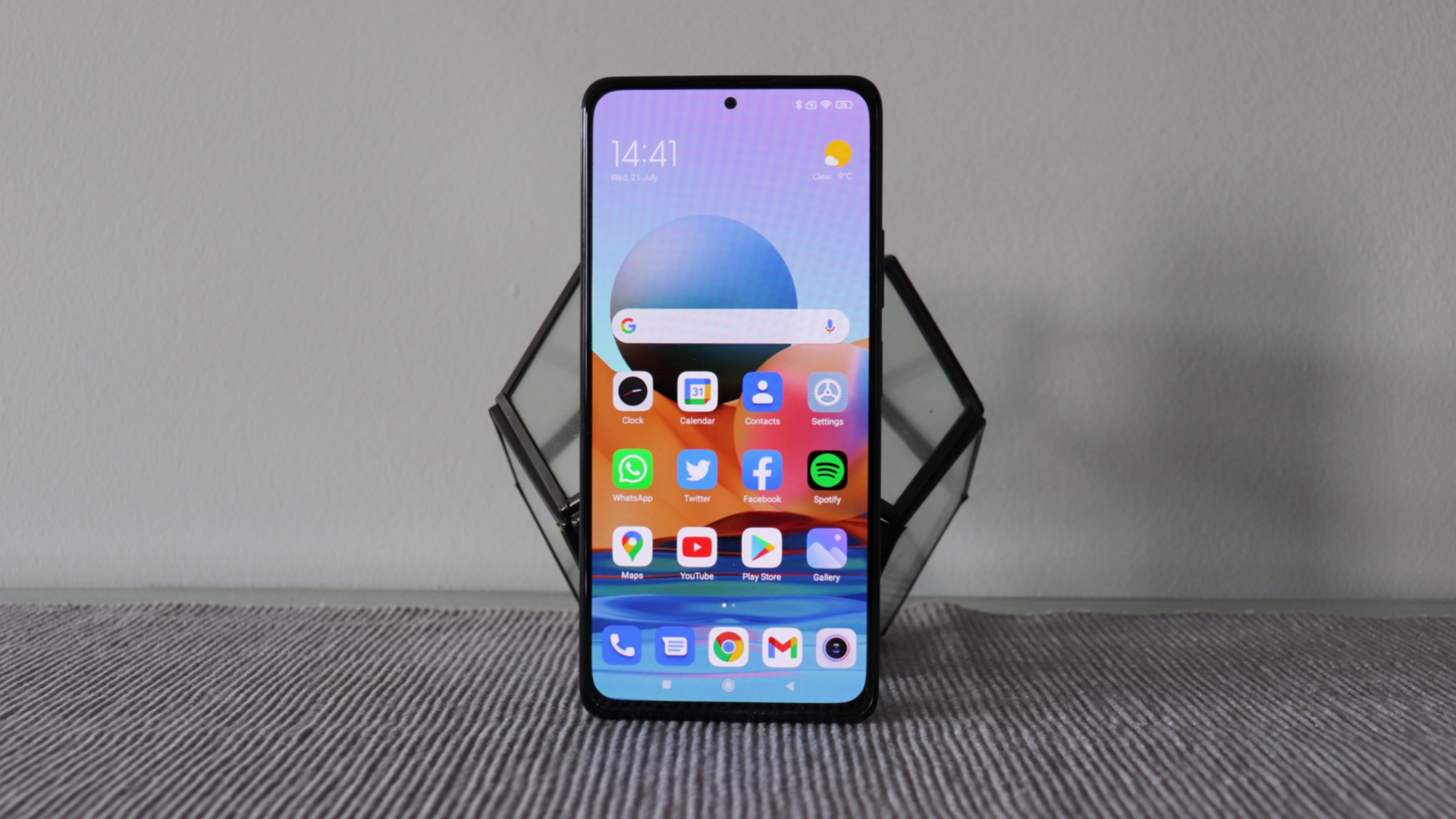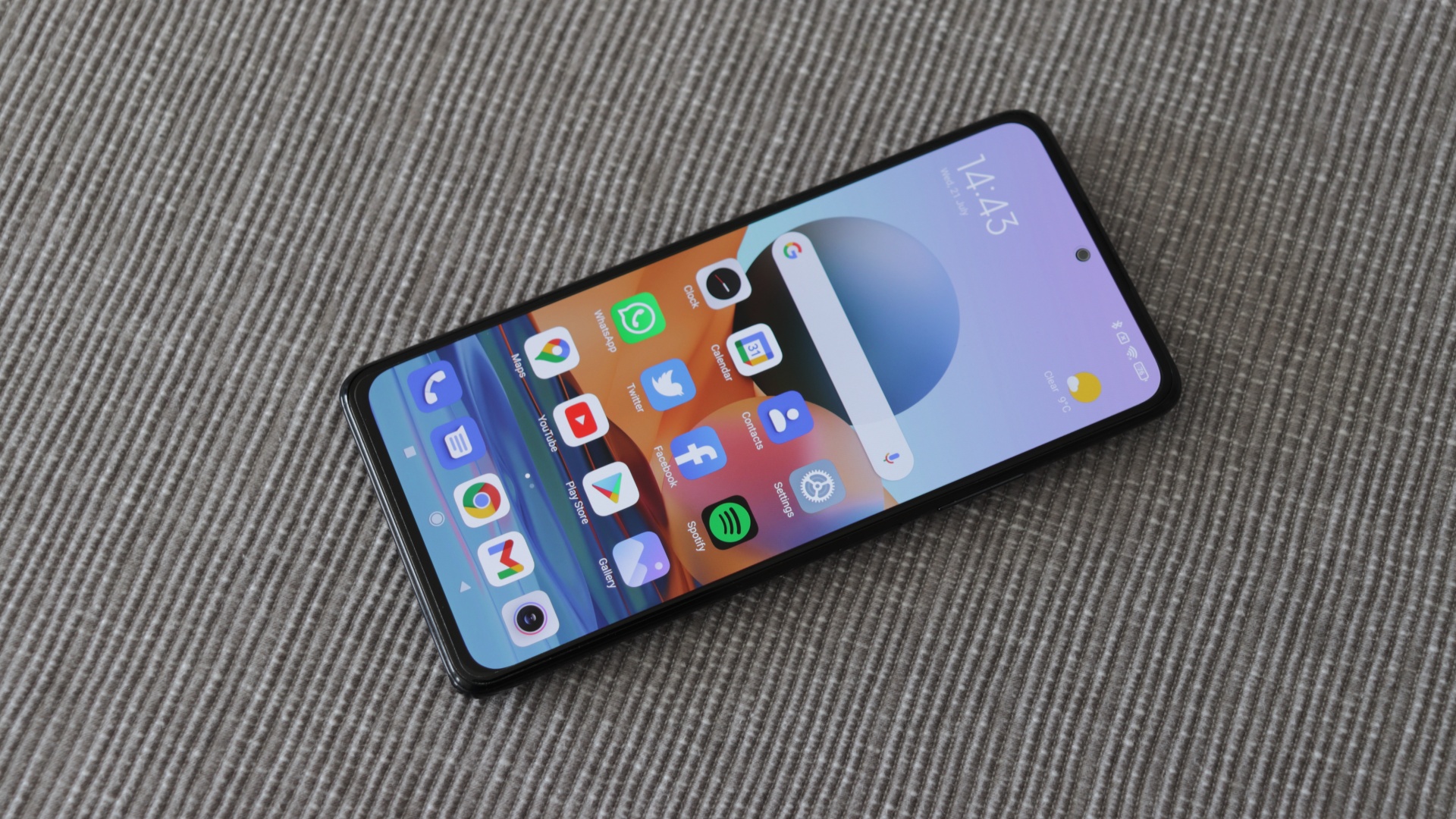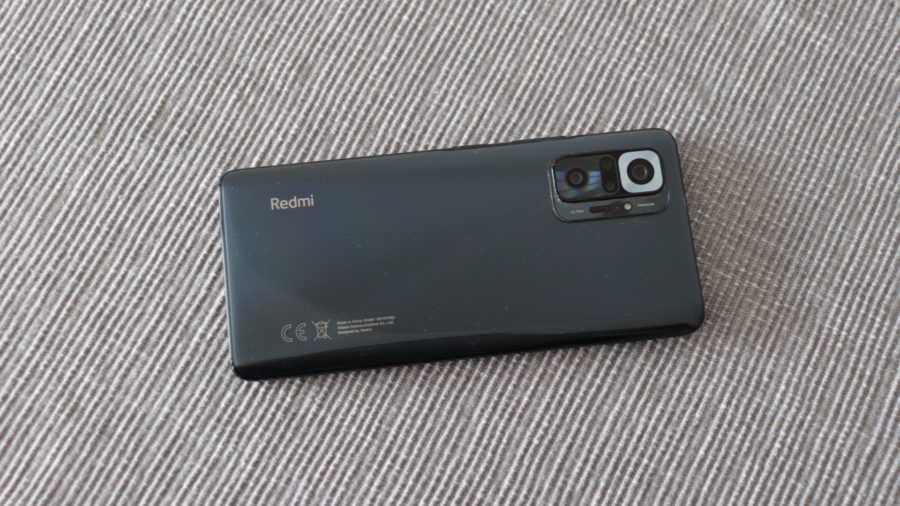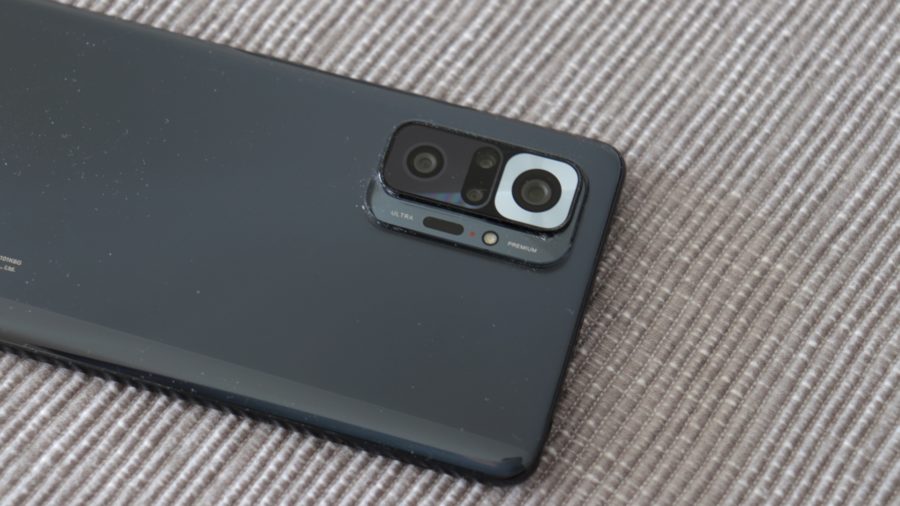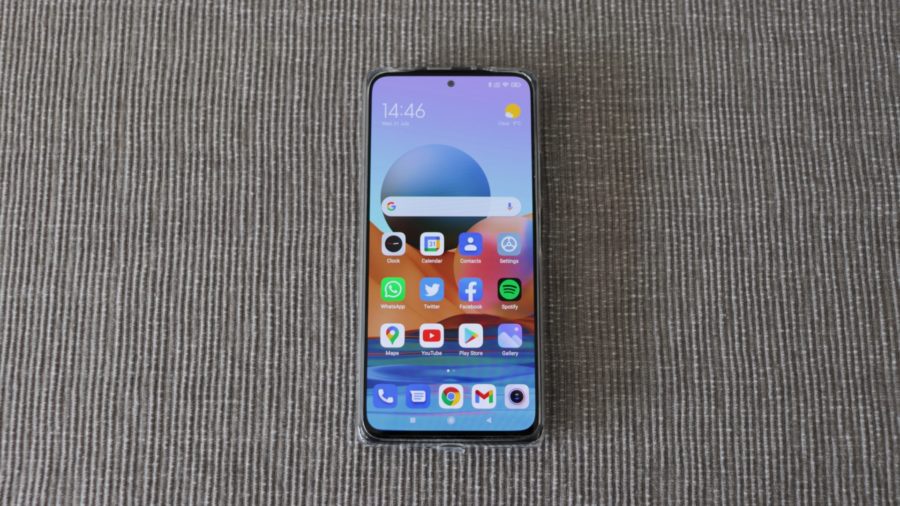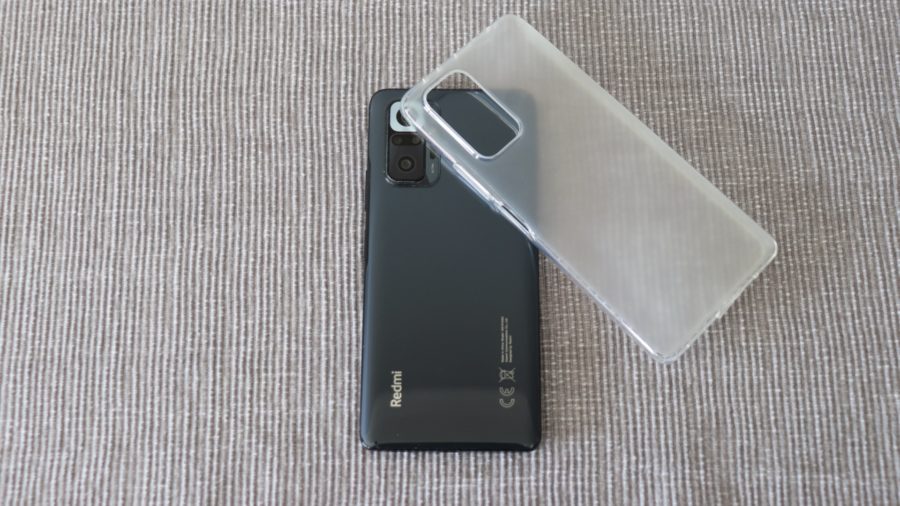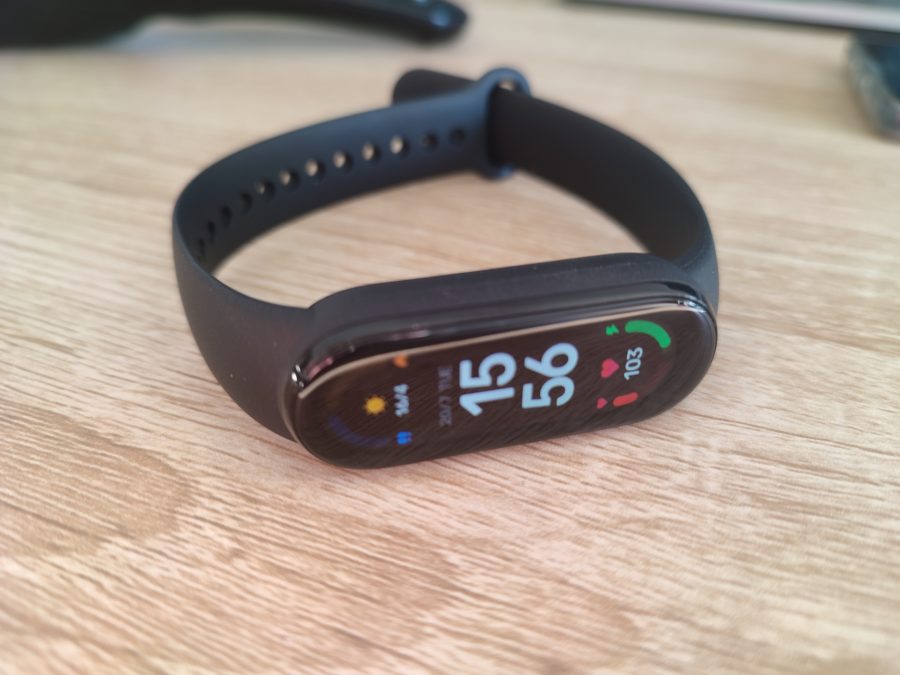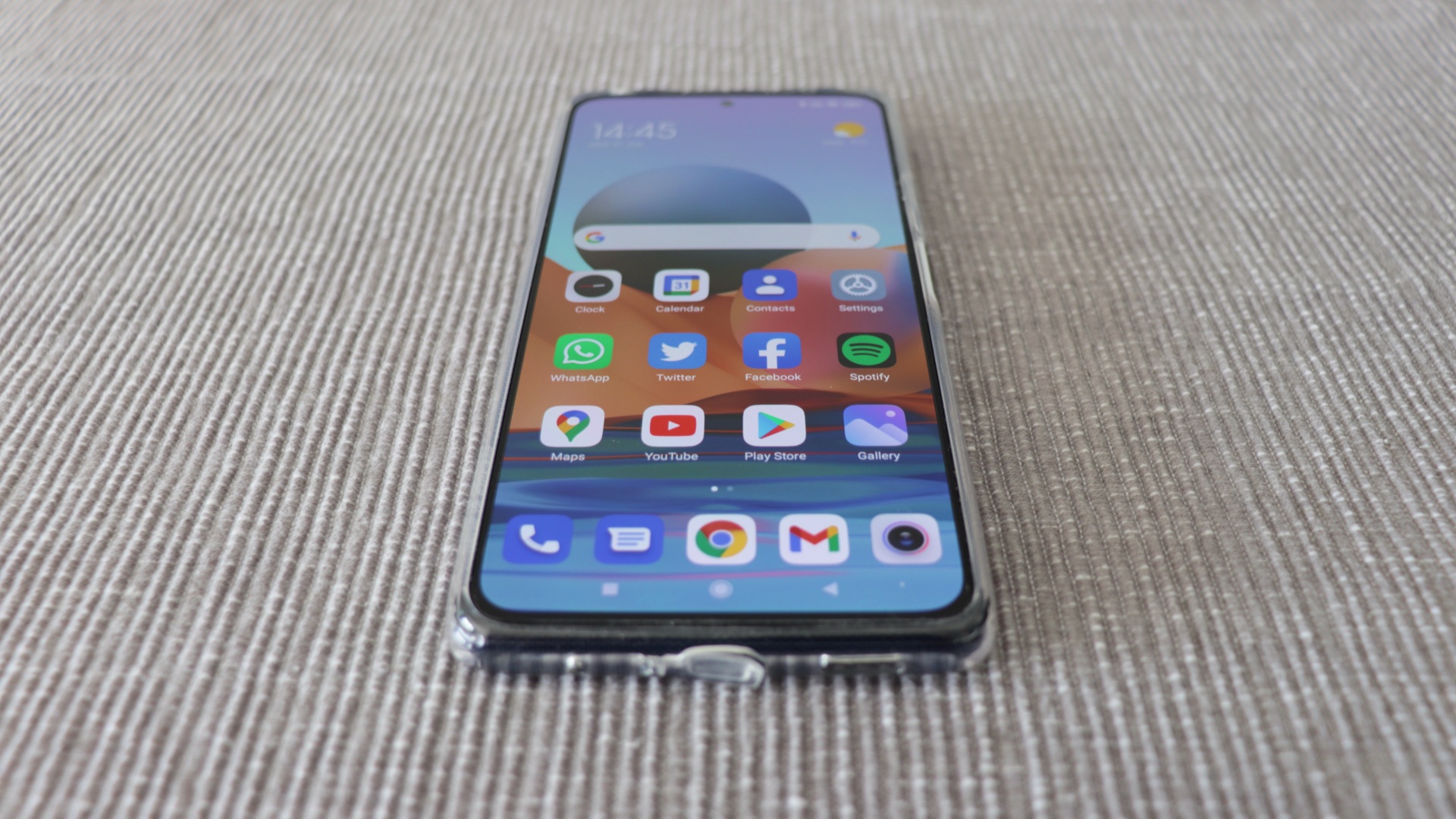Over the past couple of years, the number of well specced and solidly priced mid-range Android phones available in South Africa has increased significantly.
While flagship phones often grab the headlines, it has never been a better time to be a cost-savvy smartphone user, as there is a wide gamut of options out there. This means local consumers have plenty options to choose from, which raises the question of what is best right now.
Making a case for being the best phone you can get in South Africa at the moment for under R6k is the Redmi Note 10 Pro from Xiaomi. The device was launched in SA recently by Xiaomi and it looks like it will be one of the devices leading the charge for the brand’s potential resurgence as other Chinese firms try to go for the space currently being vacated by Huawei.
We were already impressed by the Note 10 Pro earlier this month after we got some hands-on time with the device, but having reviewed for the past couple of weeks, we can finally weigh in with our fully fledged review.
So here’s what we experienced and why the Redmi Note 10 Pro should be your first port of call if you’re in the market for a great phone that won’t break the bank.
Flagship DNA
In terms of design and manufacturing quality, the gap between the mid-range and flagship devices is shrinking with every new release and the Note 10 Pro is evidence of this.
From its large and minimal bezel front with central pinhole selfie camera to its reflective Onyx Gray back cover that changes depending on the light and eyesore of a rear camera housing, this latest offering from Xiaomi features all the elements we’ve come to expect from flagship devices that often cost three to four times as much.
You can really feel the premium quality of the design in-hand and the display in particular shines through. The 6.67″ Amoled screen is truly crisp and clear, which means visual content is particular great to watch on the Note 10 Pro. With the screen brightness bumped to 100 percent, the display really does bloom into life and is easily one of the better options we’ve encountered in recent months.
As for the on-device experience, setting up is relatively easy and, much like Oppo, Xiaomi wants you to know this device is Android-powered and runs all Google apps with ease.
While quite pleasant, we have to give Oppo the edge in terms of the UI though. This as the Oppo’s ColorOS has a more ethereal quality compared to MIUI 12.5.1 that’s running on the Note 10 Pro.
That’s not to say that the UI is terrible, but there are a handful of aspects that bugged us. One is the sheer volume of checks and notifications you have to wade through in order to start using the device, and in terms of tracking and user feedback, Xiaomi gives Huawei’s HMS a run for its money.
Added to this is the ecosystem of Xiaomi-made apps that are on the device. There isn’t a lot of duplication or bloatware, but the inability to uninstall apps that we deem unnecessary does frustrate a little.
Hopefully future iterations of the UI running outside of China will feature a greater integration with Android, much like Nokia has done.
All in all though the experience is solid and at the asking price, a couple of niggles here and there are acceptable.
All-around performance
Now let’s talk about performance. Of the trio of Remdi Note 10 devices launched this month, the Pro is naturally the best specced.
On this front, Qualcomm silicon is present with an octa-core Snapdragon 732G. Paired with 6GB RAM and 128GB onboard storage to yield a fairly rapid and responsive device. We did, however, note a little sluggishness when unlocking the phone and bringing up the home screen. It is by no means frustrating, but given the sheer number of phones we review all year, it is something we picked up.
As far as benchmarking goes, if you place a lot of value in such things, the Redmi Note 10 Pro performs as expected. Here it actually edges out the Nokia 8.3 5G on Geekbench, with a score of 564 and 1 792 on single-core and multi-core respectively. It also outpaces the Redmi Note 9 and last year’s Oppo A15 and A53s. It also compares quite favourably with the better specced Oppo Reno5 5G as well, so certainly nothing to sneeze at in the benchmarking department.
Looking at the camera performance on the aforementioned eyesore of a camera housing, our dislike of its design notwithstanding, the Redmi Note 10 Pro yields some solid all-around images. We were quite partial to using the 108MP wide-angle sensor (used for images below), but also had to remember to shift to the Pro mode in order to activate it while snapping pics.
The quarter of lens options on rear will not leave you wanting and the Note 10 Pro definitely keeps pace with some of the more impressive camera setups found on Samsung Galaxy A and Huawei Lite models.
Added to all this is a sizeable 5 020mAh battery that sipped on power throughout our testing, and getting a full day and a half out of this phone is certainly achievable on a regular basis.
Final verdict
At R5 499 (RRP), depending on the retailer, the Xiaomi Redmi Note 10 Pro might be the best value for money phone you can get in South Africa right now. It ticks many of the boxes expected of a mid-range device these days, such as a large battery, solid camera performance and bright display. Crucially though, it packages them in a device that could easily be mistaken for a flagship phone, while costing less than half the price.
If you consider yourself a savvy smartphone owner, don’t mind Chinese brands and place an emphasis on screen quality, the Redmi Note 10 Pro comes highly recommended.
The only fault we can find in the device is a finicky fingerprint reader which is embedded into the power button on the side of the phone. For some reason it wants to read your fingerprint for even the most casual of glances, prompting a pin code or pattern in order to unlock, but at the price, this is one issue that is easily forgiven.
At the midway point of 2021, it is Xiaomi that’s laid down the gauntlet to other mid-rage phone makers with the Redmi Note 10 Pro.

